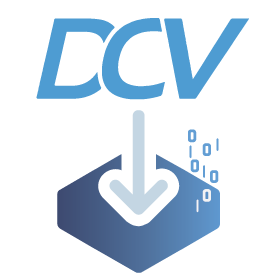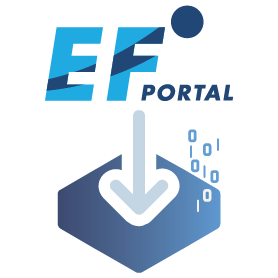From the blogpost “Deploying an HPC cluster and remote visualization in a single step using AWS ParallelCluster“:
“Since its initial release in November 2018, AWS ParallelCluster has made it easier and more cost effective for users to manage and deploy HPC clusters in the cloud. Since then, the team has continued to enhance the product with more configuration flexibility and enhancements like built-in support for the Elastic Fabric Adapter network interface, and integration with Amazon Elastic File System and Amazon FSx for Lustre shared filesystems. With the release of Version 2.5.0, ParallelCluster further simplifies cluster deployments by adding native support for NICE DCV on the master node.

NICE DCV is an AWS high-performance remote display protocol that provides customers with a secure way to deliver remote desktops and application streaming from any cloud or data center to any device, over varying network conditions. Using NICE DCV, customers can run graphics-intensive HPC applications remotely on EC2 instances and stream the results to their local machine at no additional charge, eliminating the need for expensive dedicated workstations.
Integration with ParallelCluster
Prior to the version 2.5.0 release, HPC users requiring remote visualization would typically have to deploy another EC2 instance to install, and configure a DCV server. This would entail installing prerequisites such as a Window Manager, configuring display drivers, installing DCV server software, configuring secure authentication, and configuring desktop sessions. With the release of ParallelCluster 2.5.0, all you need to do is enable DCV in the ParallelCluster config file, and all this is done for you. The remainder of this post will walk through the process of provisioning an HPC cluster to run a simulation using NAMD, and then visualizing the results in DCV.
For anyone unfamiliar with ParallelCluster or looking to deploy a cluster for the first time, additional background and introductory concepts are detailed in the ParallelCluster launch post. The Parallel Cluster User Guide is also useful as a reference.”
Read more here.



